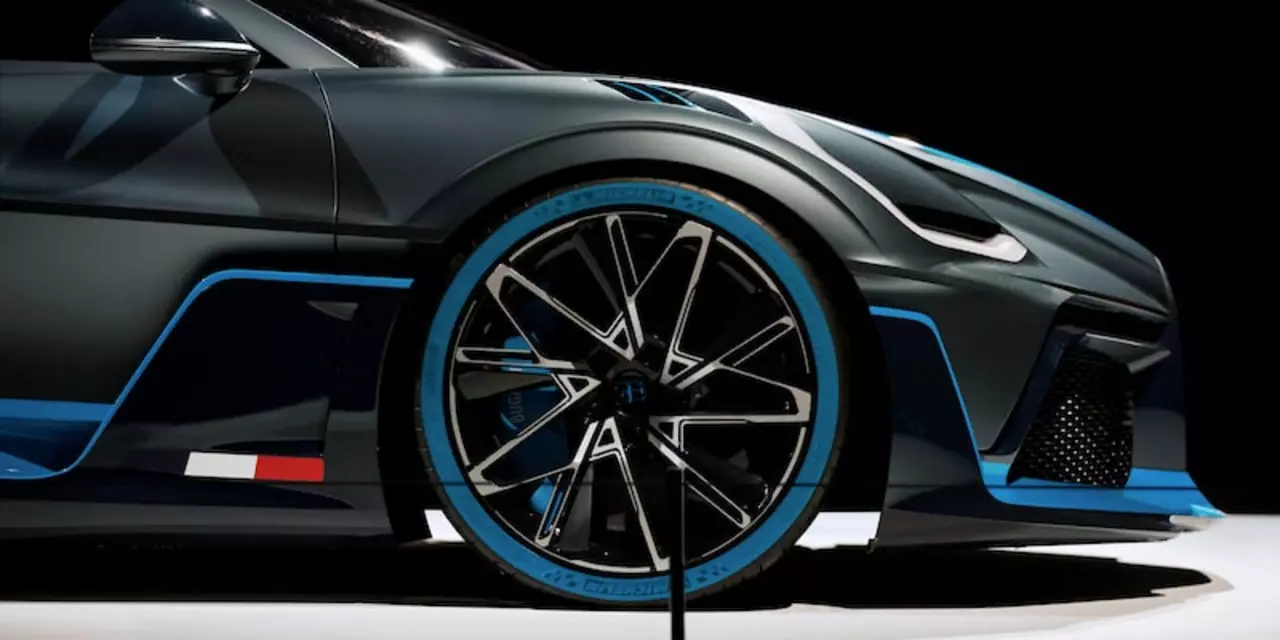March 2023 Motorsports Archive – Open Motorsports Hub
When you browse the 2023 March Motorsports Archive, a curated collection of all motorsport news, race results, and vehicle launches published in March 2023 on Open Motorsports Hub. Also known as March 2023 archive, it serves as a snapshot of the month’s high‑octane moments. The archive also includes coverage of Formula 1, the premier open‑wheel series where teams chase the world title, GT Racing, endurance and sprint events featuring production‑based sports cars, and the rise of Electric Vehicle Racing, series like Formula E that showcase zero‑emission technology on track. It even logs the latest car launches, new models unveiled by manufacturers during the month. In short, this archive is where Motorsports news meets a clear timeline, making it easy to see how each story fits together.
Formula 1: championship battles and technical breakthroughs
March 2023 was a turning point for the F1 world. Teams rolled out upgraded power units to close the performance gap, while new aero parts sparked debate over downforce levels. Race‑by‑race analysis shows how qualifying laps shaved tenths off lap times and how strategic pit stops altered podium finishes. The archive captures driver interviews that reveal the mental pressure of a tight points race, plus post‑race data that breaks down tyre wear trends. By linking technical upgrades to on‑track results, the collection helps readers understand why a single component can shift the balance of power in a single Grand Prix.
GT Racing enthusiasts get a deep dive into both sprint and endurance formats. The March entries include coverage of the Blancpain GT Series, where manufacturers like Ferrari and Porsche fielded new GT3 spec cars. Race summaries highlight how longer stints tested driver consistency and how pit crew efficiency shaved crucial seconds. The archive also notes track‑side weather shifts that forced teams to adjust tyre strategies on the fly. These details show the delicate dance between speed, reliability, and teamwork that defines GT competition.
Electric Vehicle Racing gained momentum as Formula E continued its global push. The March calendar featured city‑center races in Shanghai and Berlin, each showcasing the latest advances in battery management and regenerative braking. Drivers discussed how energy‑saving modes influenced overtaking maneuvers, while engineers released data on power‑train efficiency gains. By documenting these developments, the archive illustrates how electric technology is reshaping race strategy and expanding the sport’s appeal to eco‑conscious fans.
Car launches in March were nothing short of spectacular. From a hypercar prototype boasting a hybrid V8‑turbo to an affordable electric hatchback aimed at mass markets, the announcements reflected a diverse industry outlook. The archive logs press‑conference highlights, key performance stats, and early design critiques. Readers can compare how each manufacturer balances performance, range, and price—insights that help enthusiasts anticipate future road‑car trends.
All these stories sit side by side in the March 2023 archive, offering a panoramic view of the motorsport world during a pivotal month. Whether you’re looking for detailed race analytics, technical breakdowns, or the latest automotive innovations, the collection below provides the context you need to stay informed and excited about what’s coming next.
Why do racing cars have a low centre of gravity?
- Daxton Whitmore
- |
- |
- 0
Racing cars are designed with a low center of gravity to enhance their performance on the racetrack. A low center of gravity makes the car more stable while cornering, allowing the driver to take sharper turns without the risk of spinning out of control. It also reduces the amount of drag created by the car, resulting in higher speeds and less fuel consumption. Furthermore, a low center of gravity helps the car to hold the track better and prevents it from 'rolling over' in the event of a crash. Finally, a lower center of gravity also reduces the wear and tear on the car's suspension system.
View moreHow would I get into motor racing as a 23 year old?
- Daxton Whitmore
- |
- |
- 0
Motor racing is a popular and exciting sport that can be a great way to express yourself and your passion for cars. This article provides an overview of the steps needed for someone aged 23 to get involved in motor racing. Firstly, it is important to decide what type of motor racing to get involved in and to research the associated costs. Secondly, one should obtain a racing license, which requires an assessment from a local motor racing club or organisation. Thirdly, it is essential to choose the appropriate safety gear, such as a helmet, fireproof suit and gloves. Fourthly, it is important to find the right car, whether it be a go-kart, a sports car or a touring car. Finally, it is crucial to acquire the necessary skills and practice in order to become a successful racing driver.
View moreWhat is your relationship with racing cars?
- Daxton Whitmore
- |
- |
- 0
This article looks at the different ways people can enjoy racing cars. From the thrill of driving a race car to the camaraderie of the racing community, it examines the various aspects of having a relationship with these powerful machines. It also looks at how different people can enjoy cars, from the casual fan to the hardcore enthusiast. It highlights the importance of safety and proper maintenance when engaging in any form of motorsport. Finally, it looks at the different types of motorsport and how they can be enjoyed by all. In conclusion, racing cars can provide a great way to bond with friends, have fun, and engage in a thrilling activity.
View more

